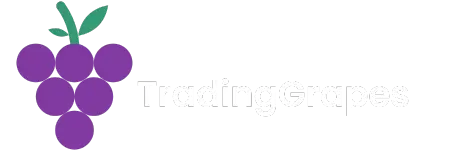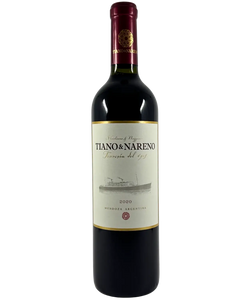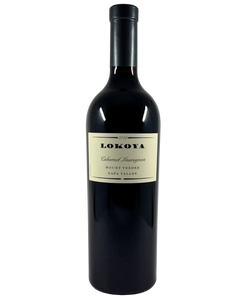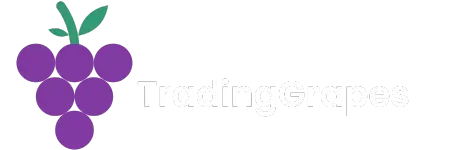After two years of correction, the fine-wine market looks to be finding its feet again — and in some regions, even showing signs of resurgence.
Trade volumes are climbing, discounts are tightening, and collectors are starting to circle back to the blue-chip labels that built the category. While the past 24 months tested confidence, the latest data points to a market quietly resetting — and possibly rebounding.
Here’s what’s happening across the world of investment-grade wine, and what it means for collectors and investors alike.
1. Indices stabilising after the correction
After the pandemic-driven boom that saw fine-wine prices hit record highs in 2022, the market has spent much of 2023–2024 cooling.
But the latest Liv-ex data shows a shift. The Fine Wine 100 Index — the industry’s benchmark — is up 1.1% month-on-month, marking one of its first positive movements this year. The Fine Wine 50, tracking Bordeaux First Growths, is also up 0.7%, while the Fine Wine 1000, Liv-ex’s broadest measure, rose 0.4%.
Yes, the indices are still down around 5–9% YTD, but the declines are slowing, and several sub-indices — Champagne, Italy, and Mature Wine — are showing meaningful momentum.

Caption: Liv-ex Indices as at Oct 2025. Source: Liv-ex
If the charts are anything to go by, we may be approaching the bottom of the curve — that long-term trendline that often signals value buying opportunities.
2. “Classic collectables” are leading the charge
Late Q3 Wine Market Journal data confirms the shift:
- First and Second Growth Bordeaux and vintage Port are both up roughly 10% since the start of the year.
-
Italian wines and DRC have strengthened, and Premier Cru White Burgundy and Grande Marque Champagne are both up solidly for 2025.
It’s a familiar story in wine investing — when the market cools, the biggest names tend to recover first. Lafite, Margaux, DRC, Sassicaia, Salon… these are wines with history, scarcity, and liquidity on their side.
3. The rise of the US and Asia
Regional shifts are shaping the next cycle.
According to Liv-ex, the U.S. and Asia have significantly increased their buying share. U.S. buyers now represent nearly 30% of all trade, with Opus One and Screaming Eagle dominating in terms of market share.
Meanwhile, Asian demand is surging again, particularly for Champagne and Burgundy, which are now neck-and-neck in trade value.
Key takeaway: Global liquidity is improving, and cross-regional demand is returning — both crucial signs of confidence.


Caption: Weekly breakdown of share of total trade by value (Sept-Oct 2025). Source: Liv-ex
4. Mature wine and ready-to-drink vintages outperform
According to Wine Market Journal their mature wine index is performing strongest.
Suggesting collectors are favouring wines that are ready to drink — or close to it. With liquidity back and drinkers stepping in, this “drink-ready premium” is pushing prices up in the 10–20 year window wines.
That means well-stored Bordeaux from the early 2000s, aged Barolo, and Champagne from top vintages like 2008 and 2012 are now commanding strong premiums.
5. The buying opportunities
While red Burgundy (excluding DRC), Rhône, and California cult wines remain soft, that weakness could present opportunity.
In markets like this, the best buys tend to come from categories that have underperformed but hold long-term brand strength — think Clos de Tart or Harlan Estate.
“People drink better, not more — and that seems to be true again today.” - David Parker, Wine Market Journal
In other words, volume may not surge, but the appetite for quality is rising.
6. Where this leaves investors
Fine wine is again showing why it’s considered a resilient asset class:
- It’s tangible, and has historically low-correlation to equities (stocks)
- Prices are stabilising after a two-year correction
- Blue-chip regions — Bordeaux, Champagne, Burgundy, Italy — are all seeing renewed trade activity
- Liquidity is improving across auctions and digital exchanges alike
And with major indices back near pre-pandemic levels, it’s starting to look like an opportune entry point for investors who’ve been waiting on the sidelines.
Final sip
After two years of recalibration, the fine-wine market appears to be settling into its next cycle — one that rewards patience, discipline, and a focus on quality over hype.
From Opus One’s rise in the U.S. to Champagne and Burgundy neck-and-neck globally, the picture is clear: confidence is quietly returning.
As always, those who act early — while prices are still cooling and liquidity is rebuilding — often find themselves holding the vintages everyone else wants two years later.
Because in wine, like any other area of investing, the 'smart money' (experienced, well informed investors) usually moves before the crowd does.










